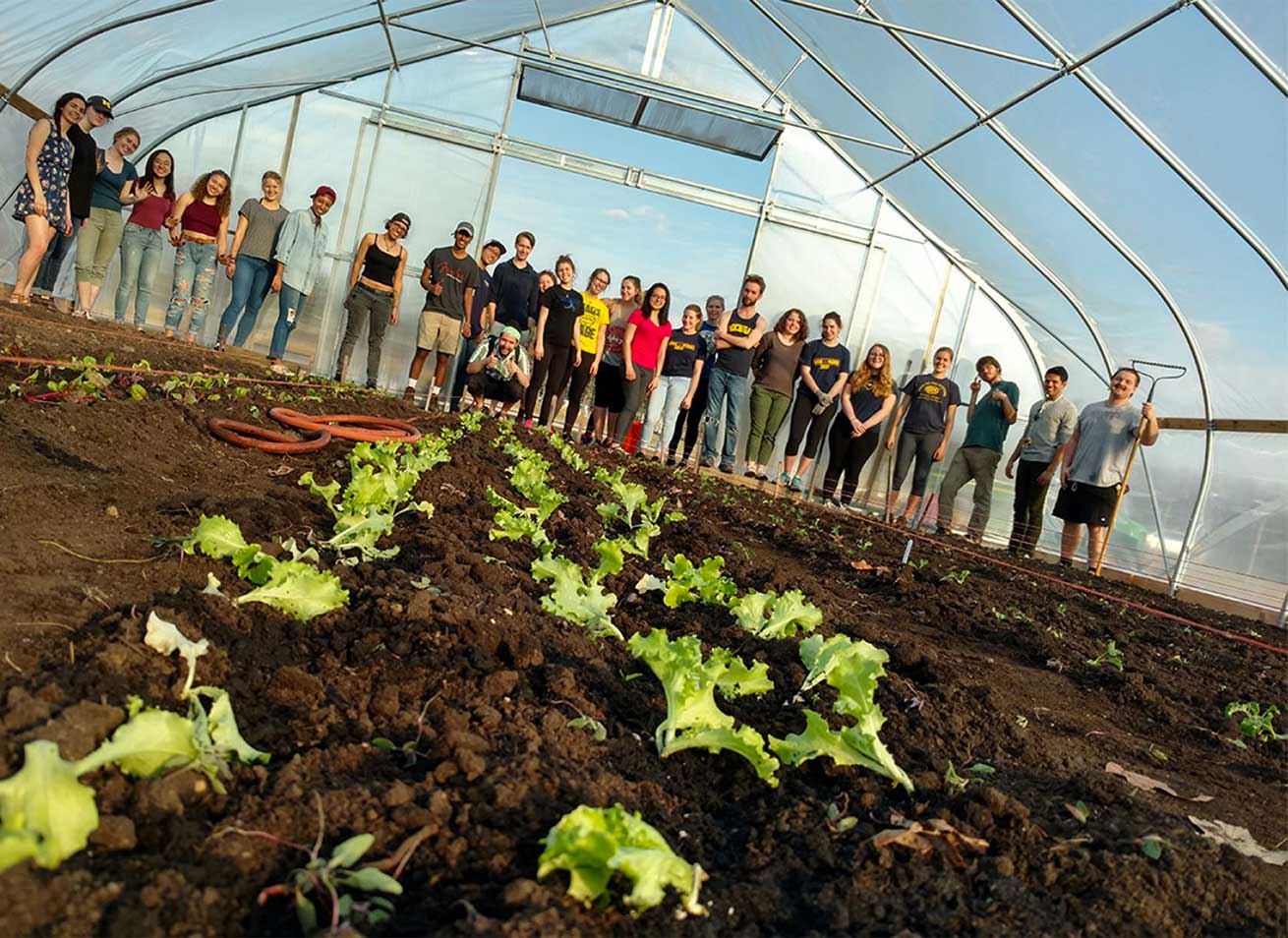Are you cold or are you warm?
What is the difference between a cold-blooded and warm-blooded animal?
Find out here

What is the difference between a cold-blooded and warm-blooded animal?
Find out hereThere are lots of foods that we eat that are safe and healthy for your pets!
Find out hereProtein is just one word for a huge group of tiny molecules we call proteins. These molecules do many jobs in the body. They make cells work. Proteins also help cells send messages to each other.
Find out here
Animal science is a STEM discipline that helps prepare students for high level science and math courses. Animal science is also a great way to bring biology, nutrition and genetics research to life!
AnimalSmart.org has resources you can share with any age group.
For elementary school educators:
Visit the Kids' Zone | Join the Jr. Animal Scientist program
For junior high educators:
Visit the Kids' Zone
For high school educators:
Animal science teaching plans | Use Animal Frontiers for in-class research

Through the Jr. Animal Scientist magazine and special online resources, kids can learn about pets, farm animals and zoo animals. Scientific information is tailored for kids ages 5 to 9 (K-3rd grades). Eye-catching photos and exciting animal activities add to the fun! Plus, all Jr. Animal Scientists get special prizes just for joining.
